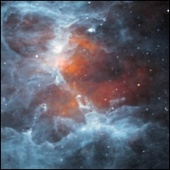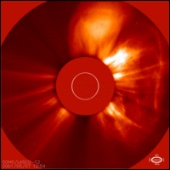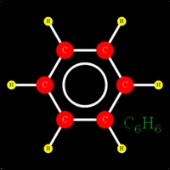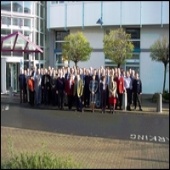ESA Science & Technology - Science Results
Science Results
Science Results
Published: 26 September 2001
Published: 7 September 2001
Published: 30 August 2001
Published: 9 August 2001
Published: 25 June 2001
Published: 19 June 2001
Published: 22 May 2001
Published: 11 April 2001
Published: 1 March 2001
Published: 11 February 2001
Published: 29 January 2001
Published: 25 January 2001
Published: 25 January 2001
Published: 21 January 2001
Published: 14 January 2001
Published: 3 January 2001
Published: 3 December 2000
Published: 19 October 2000
Published: 5 October 2000
Published: 5 October 2000
—
20 Items per Page




















